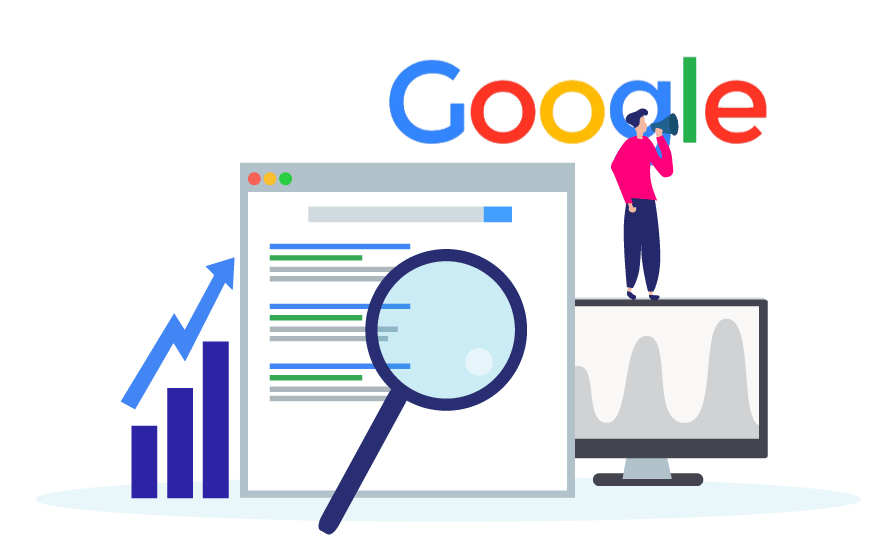If you have a website then SEO is always on your mind. Engagement on your site results in more leads, and more leads mean new clients. None of this would be possible without SEO, and Google is king. Trying to work with the complex algorithm can be tricky, and just when you think you have it figured out, Google releases changes. Due to the pandemic, Google wanted to give organizations plenty of time to prepare for the new update that is coming our way in 2021.
WHAT IS THE NEW GOOGLE UPDATE?
This past May and November, Google announced that “the page experience signals in ranking will roll out in 2021,” which means that yet again things are changing. The key term in this announcement is page experience. Although this term may sound unfamiliar, the principles are nothing new to web developers and content strategists who prioritize the user.
Page experience is a combination of factors that Google evaluates for user experience. These factors are already considered with SEO and include things such as mobility, page speed, safe browsing, visual stability, interactivity, and more.

The most important factors that will come into consideration are Core Web Vitals: LCP (Largest Contentful Paint), CLS (Cumulative Layout Shift), and FID (First Input Delay).

- LCP focuses on loading performance, which Google considers to be within 2.5 seconds.
- CLS measures visual stability, and if your site’s layout shifts during its display.
- FID prioritizes interactivity and if your site makes a good first impression with its users.
WHY IS THIS GOOGLE UPDATE IMPORTANT?
Many of these factors should already be a priority for your site as they are directly connected to an overall positive user experience. However, this algorithm change may mean it is time for your team to buckle down and review how your site performs. Google has made it clear that page experience will play a big part in your site’s visibility and potentially be the deciding factor between your site and a similar one. (Although they do note that content should always be the main priority.) If your site does not rank well, then you may see fewer visits to your site and a loss of business.
Although Google constantly changes its algorithm, this upcoming change should not be brushed aside. Ignoring algorithm updates is a recipe for disaster as it could negatively affect your site’s traffic and ranking. Since Google shared what they expect from sites with this upcoming update, developers and designers should be proactive with their site. You don’t have to wait until June to make changes.
HOW TO PREPARE
To ensure a positive user experience, we recommend that you start preparing for this change now. One important step that your team can take today is performing an audit of your site, testing for speed, interactivity, and mobile adaptability.
If you are struggling with SEO or feel lost when it comes to navigating the Google algorithm, please reach out to us at CommonPlaces. Our marketing team will create a strategy to bring your site to its target audience and connect with users.
Need a quick place to start?
Check out our free SEO Checklist to improve your site.



